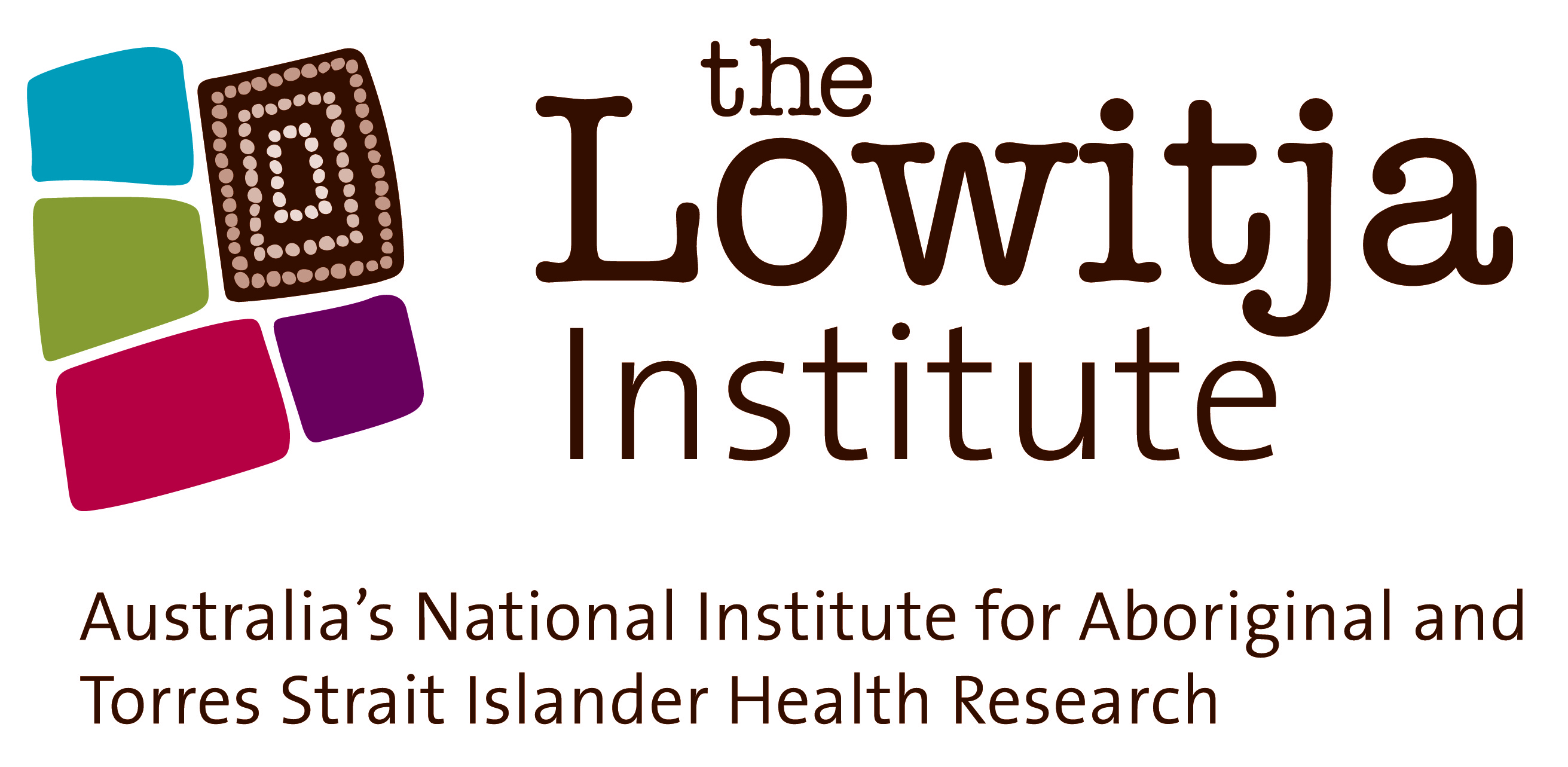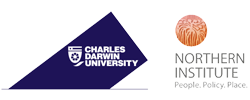Learning about buŋgul and manikay is key to a strong cultural foundation
As children participate in buŋgul and manikay (ceremonial dance and songs) they learn about their connections to the songlines and their identity as Yolŋu.
This builds a strong cultural foundation that is important for their future wellbeing. Children can then successfully integrate knowledge from both Balanda and Yolŋu worlds. This cultural education progresses through recognised stages (as the video below and those in the section on teaching and testing illustrate). The child's learning is assessed continuously as they develop their skills and knowledge.
Learning to dance also helps develop their listening skills, their movements and their balance.Skills and knowledge - cultural, linguistic, cognitive and physical - such as those demonstrated in this video - are easily missed in Balanda early childhood assessments that use developmental measures and domains from a different cultural context.
Babies and children of all ages attend funeral ceremonies and are encouraged to watch the buŋgul, listen to the manikay and participate from an early age. In this video, Gutjan's father is teaching her how to do the buŋgul djäma (dance) that they are watching together:



